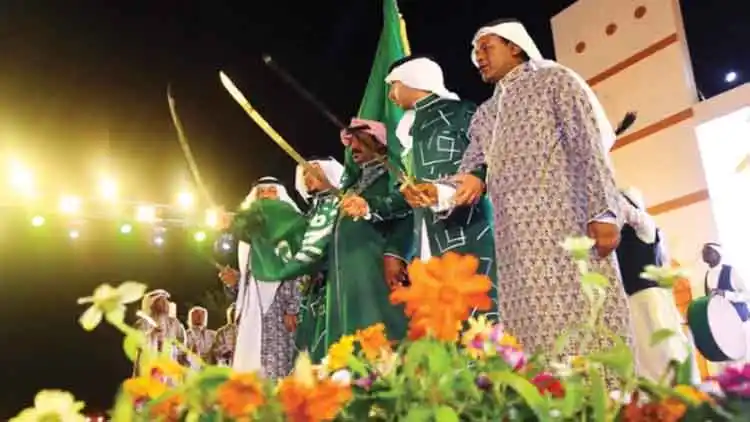
The holy festival of Eid al-Adha (Bakrid), also known as the 'Festival of Sacrifice' or the Greater Eid is celebrated on the 10th day of Dhu al-Hijjah, the 12th month of the Islamic calendar. It marks the end of the annual Hajj pilgrimage.
According to Jamiat Ulama-e-Hind, the crescent moon of Jul Hijjah was seen on July 11 this year. According to that, Bakrid is being celebrated across India today, on 21st July. However, in Saudi Arabia, it was celebrated a day earlier.
Eid al-Adha is the second Islamic festival of the year and comes after Eid al-Fitr. Eid al-Fitr marks the end of the holy month of Ramadan. The date changes every year, as it is based on the Islamic lunar calendar, which is approximately 11 days shorter than the 365-day Gregorian calendar. It is celebrated as a commemoration of Prophet Abraham's willingness to sacrifice everything for God.
The key difference between the Biblical story of Jews and Christians is that Muslims believe that the son was Ismail rather than Isaac, as described in the Old Testament. In Islam, Ismail is regarded as the prophet and ancestor of Muhammad.
According to the Quran, Ibrahim was about to sacrifice his son when a voice from heaven stopped him and asked him to do something else as a 'great sacrifice'.
In the Old Testament, it is a Ram, who is sacrificed instead of the son. To mark the occasion, Muslims reenact Ibrahim's obedience with a symbolic sacrifice of a lamb, goat, cow, camel, or any other animal, which is then shared equally among family, friends, and the needy. It is divided into three parts.
Eid is an occasion of happiness and peace, where people celebrate with their families, let go of old grievances and build meaningful relationships with each other.
Across the world, Eid traditions and celebrations vary and many countries have unique cultural approaches to this important festival.
United Arab Emirates (UAE)
The occasion falls on the 10th day of the Islamic month of Dhul Hijjah, which, unlike Eid-ul-Fitr, is not based on the sighting of the moon. The UAE government observes a public holiday of at least three days annually, with the most important being the day before Eid al-Adha, known as the 'Day of Arafat'.
The day begins with Eid prayers in the grounds of the Idgah and people greet each other by hugging and saying 'Eid Mubarak'.
After that the three-day feast begins, with food and 'Idi' gifts. Children wear their best clothes and distribute Eid biscuits to the neighbourhood. People decorate their homes with Eid banners and carry forward the tradition of gifting the younger members of the family. This is followed by a huge breakfast with dishes such as Shuddh Khurma, also known as Sheer Khurma.
Turkey
On the first day of the Sacrifice Festival in Turkey, men from each family traditionally go to the mosque to offer a special morning prayer. In some parts of the country, the goat to be slaughtered is painted with henna and decorated with ribbons. In recent years, many Turks have started donating the money meant for buying an animal for slaughter to charity organizations.
People usually wear their best clothes during the day. They welcome guests to their homes or visit relatives and friends during the holidays. Young people greet their older relatives and neighbours by kissing their hands as a sign of respect. Some people in Turkey also use the holiday period to go on vacation.
Egypt
The festival is known as Eid-el-Kabir in Egypt. Here this occasion is endowed with more importance than the festival of Eid al-Fitr. The day begins largely traditionally, with prayers and sermons, followed by a large family gathering. People visit their friends and loved ones, with each other 'Kol Sana Wa Inta Tayyab', which translates as 'I hope every year finds you well.
To honour Prophet Ibrahim, the meat of 'Qurbani' is donated with great generosity and those who are wealthy along with many charitable organizations will give meat and other food items to the needy families.
Iran
Iranian Muslims prepare for the formal Eid prayer, known as Namaz Eid, which is held in mosques and open areas across the country. Texts of religious texts are also broadcast. In Iran, it is also known as 'Salty Eid' for food, as a large variety of its dishes are delicious and made of beef or mutton, depending on which animal is slaughtered.
The meat is used to make variouskebabs andhaleem, a stew made from wheat or barley and meat. Along with meat dishes, Iranians eat baghli, fava with rice, broad beans and dill.
